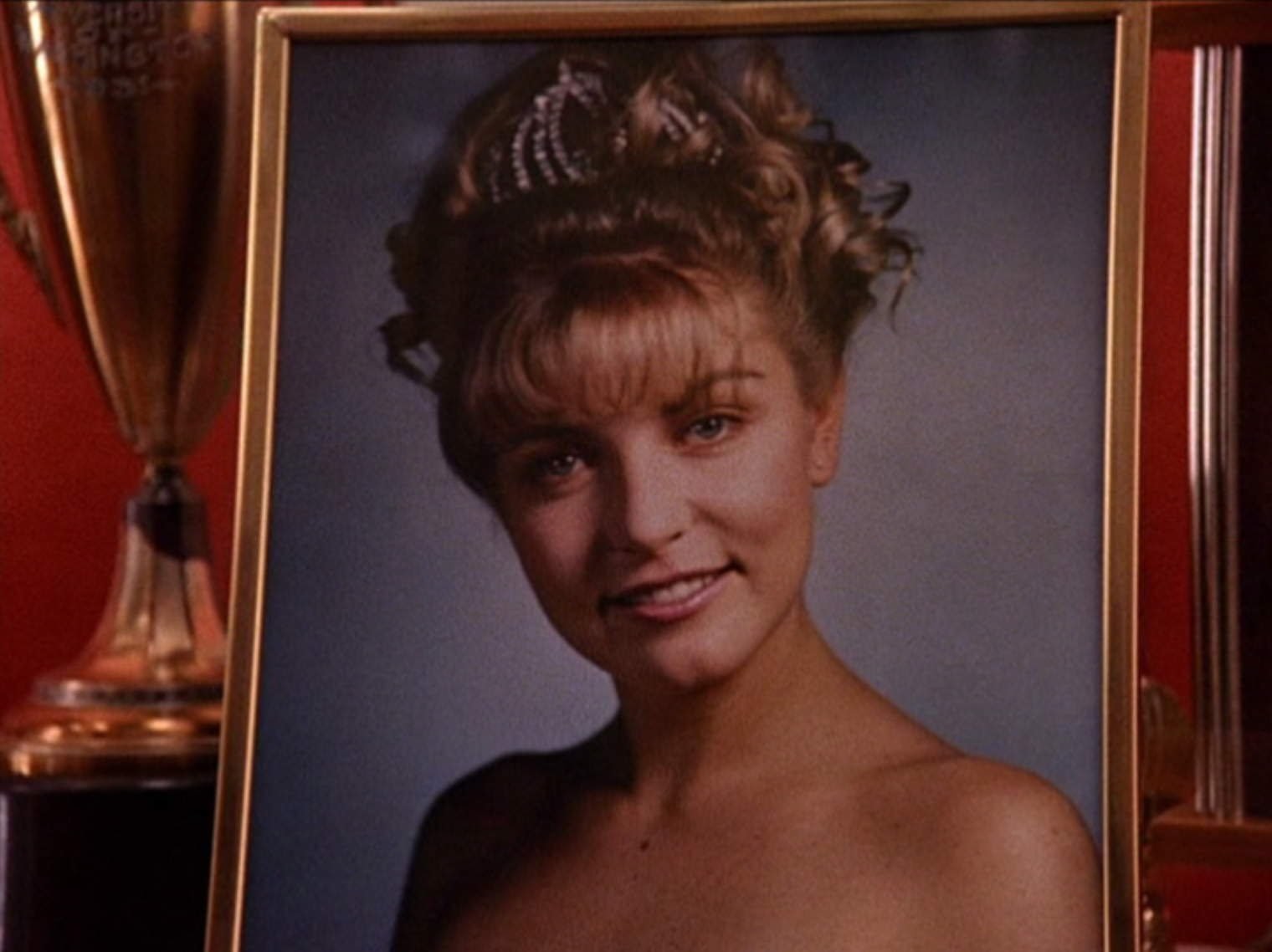“Who killed Laura Palmer?” was the question on everyone’s mind after the 1990 pilot episode of David Lynch and Mark Frost’s “Twin Peaks.” For those who have never experienced its splendid surrealism, “Twin Peaks” follows FBI Agent Dale Cooper (Kyle McLachlan) into the titular, bizarre town in Washington as he investigates the murder of homecoming queen Laura Palmer. Although it only ran for a mere two seasons, the short-lived murder-mystery series gained a devoted cult following for its distinctive cinematography and eerie elements. “Twin Peaks” celebrated its 31st anniversary on April 8, and with it, presented the question: Why is TV so obsessed with Dead Girls?
The phenomena of Dead Girls are everywhere in television history—Matthew McConaughey and Woody Harrelson starred as a pair of Louisiana detectives investigating the ritualistic murder of Dora Lange in the first season of “True Detective.” Small-town journalist Camille Preaker (Amy Adams) investigated the brutal murders of two little girls in “Sharp Objects.” In “Top of the Lake,” Detective Robin Griffin (Elizabeth Moss) investigated the disappearance of a pregnant 12-year-old girl. TV is overwhelmed with dead people, but it’s exhaustively obsessed with the image of the brutalized woman.
“Dead Girl stories are ultimately about uncovering female darkness and revealing male innocence,” Alice Bolin said in a 2018 interview with Bitch Magazine. Was Laura Palmer really the darling homecoming queen worthy of an entire town’s grief? Or was she the personification of the darkness dwelling within Twin Peaks that Dale Cooper is meant to uncover? Did Laura—in some way—contribute to her own brutalization simply by being a beautiful teenage girl?
Regardless of the answers to these questions (you’ll have to watch “Twin Peaks” to find out!), the narrative of the Dead Girl transcends the medium of television. In 2017, Netflix released the documentary film “Casting Jon Benét” about the death of six-year-old American child model Jon Benét Ramsey in 1996. Much like Laura, Jon Benét resembled the “ideal” Dead Girl: blonde, beautiful, innocent. Thus, her tragic death became a pop-cultural spectacle, susceptible to conspiracy, obsession and speculation.
Forty-nine years prior, Elizabeth Short was found mutilated and bisected in LA’s Leimert Park, dubbed “The Black Dahlia.” In the wake of the 22-year-old’s still-unsolved murder, rumors floated around that Short was actually a prostitute, a closeted lesbian, involved with the pornographic industry—somehow, she “deserved” her ending. Because they were beautiful, because the circumstances of their untimely ends were so gruesome, the deaths of these real-life women were reduced to forms of entertainment.
These tales tell us don’t walk alone at night. Don’t wear revealing clothing. Don’t leave your drink unattended, or you’ll end up like those Dead Girls. When women are brutalized and robbed of their own voices every day, how can we reconcile our chronic consumption of crime narratives that implicate those women in their own brutalizations?
In the 31 years since the debut of “Twin Peaks,” Dead Girl narratives have been revitalized, retold and subverted in a hundred different ways, but the core of the trope remains the same:
Our culture is obsessed with women that lack both autonomy and a pulse.
- eARTHtones Art Collective - April 28, 2023
- Who Killed Laura Palmer?: An Examination of TV’s Dead Girl Trope - May 7, 2021
- Macey Keung and Miumi Shipon on Antifragile Zine - March 4, 2021

